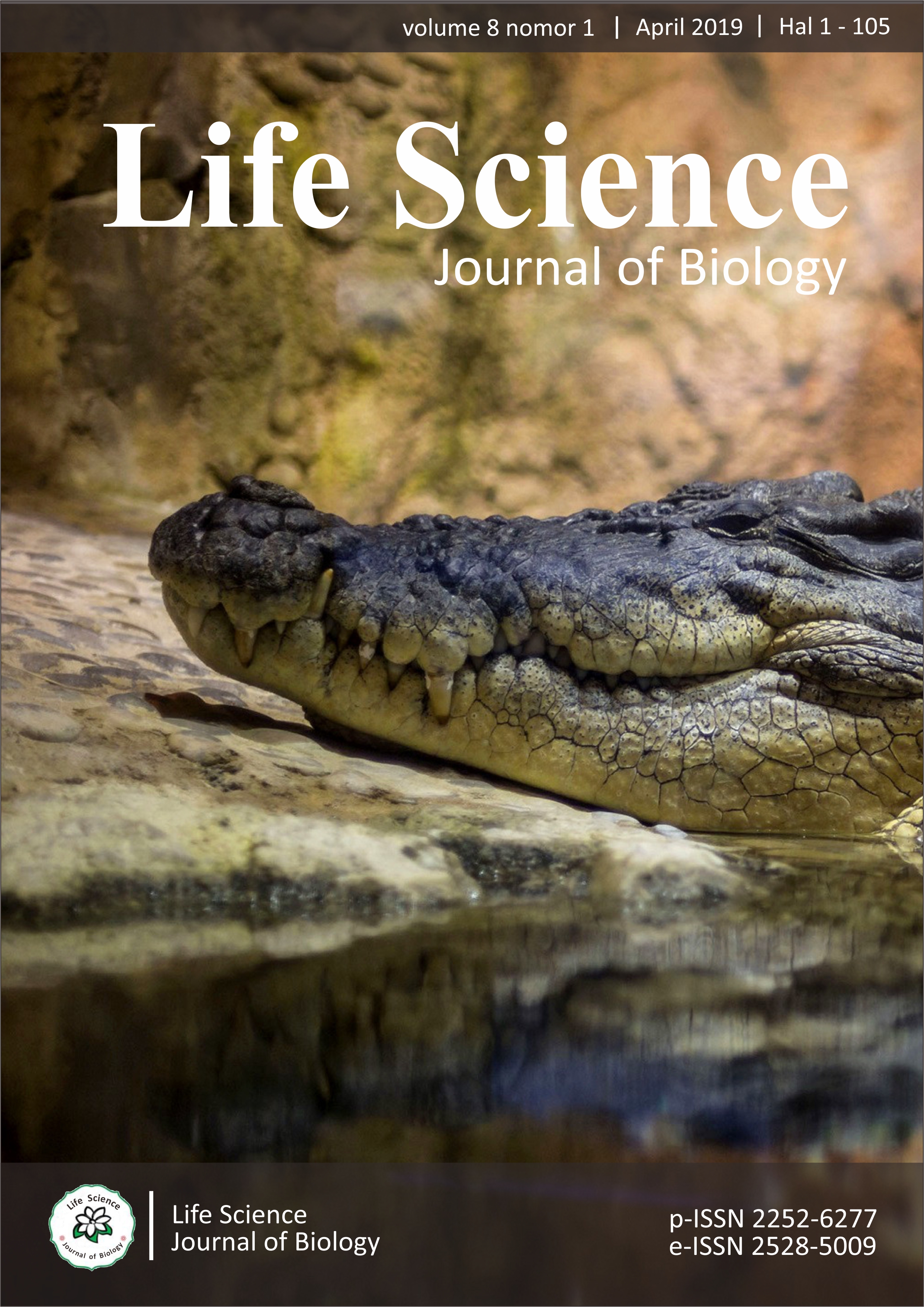DETEKSI FENOTIPIK Escherichia coli PENGHASIL EXTENDED SPECTRUM BETA-LACTAMASES (ESBLS) PADA SAMPEL MAKANAN DI KRIAN SIDOARJO
Main Article Content
Abstract
Escherichia coli is a group of Enterobacteriaceae bacteria that often contaminate food so that it can cause diarrhea. These bacteria are very difficult to treat if they are able to produce the Extended-Spectrum Beta-Lactamases (ESBLs) enzyme. The purpose of this study was to identify ESBLs-producing E. coli in food samples in Krian Sidoarjo. Food samples (fried foods, cilok tempura and chili sauce) were collected from ten different places. The sample was then grown on Eosin Methylene Blue (EMB) medium and purified by the 16 streak method, as well as biochemical character tests. The ESBLs phenotypic E. coli method was carried out by screening test and confirmation test using a Double Disk Synergy Test (DDST). Thirty colonies were able to grow on EMB media, but after microscopic identification and biochemistry testing only four samples were E. coli positive and were able to produce ESBLs from the phenotypic test that had been carried out. ESBLs-producing E. coli testing is important not only for nosocomial infections but also for the community so it needs attention to the spread of ESBLs resistance among microorganism species
Escherichia coli termasuk kelompok bakteri Enterobacteriaceae yang sering mengkontaminasi makanan sehingga dapat menyebabkan diare. Bakteri ini sangat sulit diobati apabila mampu memproduksi enzim Extended Spectrum Beta-Lactamases (ESBLs). Tujuan penelitian ini adalah untuk mengindetifikasi E. coli penghasil ESBLs pada sampel makanan di Krian Sidoarjo. Sampel makanan (gorengan, cilok, tempura, dan saus sambal) dikumpulkan dari sepuluh tempat berbeda. Sampel kemudian ditumbuhkan pada medium Eosin Metilen Blue (EMB) dan dimurnikan dengan metode streak 16, serta dilakukan karakteristik uji biokimia. Metode fenotipik E. coli penghasil ESBLs dilakukan dengan uji skrining dan uji konfirmasi menggunakan double disk synergy test (DDST). Sebanyak tiga puluh koloni mampu tumbuh pada media EMB, namun setelah diidentifikasi mikroskopis dan uji biokiomia hanya empat sampel positif E. coli dan mampu menghasilkan ESBLs dari uji fenotipik yang telah dilakukan. Pengujian E. coli penghasil ESBLs penting dilakukan bukan hanya pada infeksi nosokomial, tetapi juga pada komunitas sehingga perlu mendapat perhatian terhadap penyebaran resistensi ESBLs diantara spesies mikroorganisme
Keywords: Escherichia coli, Extended Spectrum Beta Lactamases, Fenotopik, Makanan, Sidoarjo, Phenotypic, Food
Article Details

This work is licensed under a Creative Commons Attribution 3.0 License.

